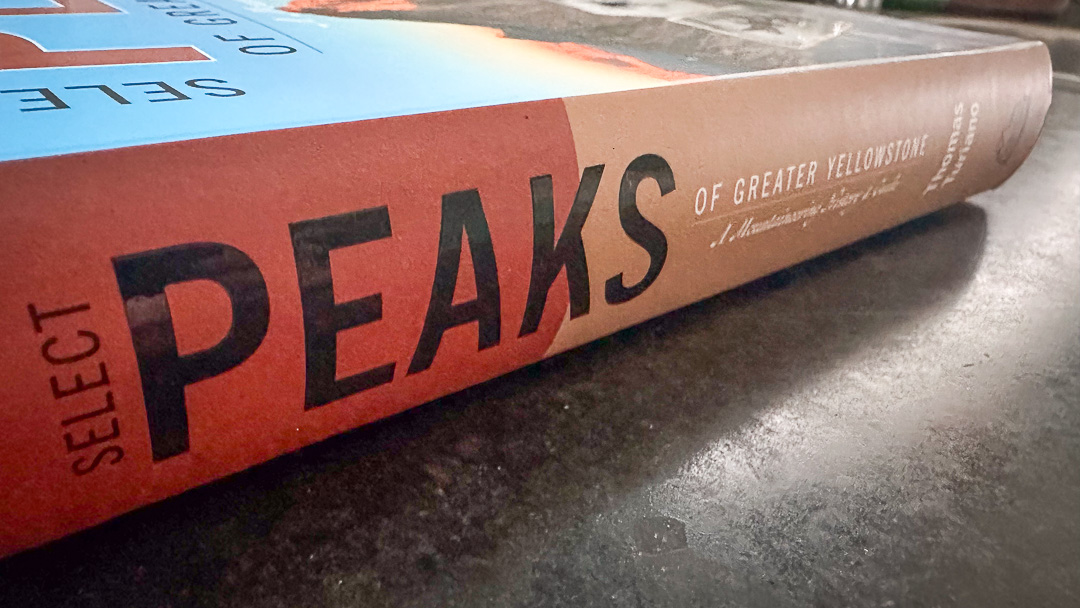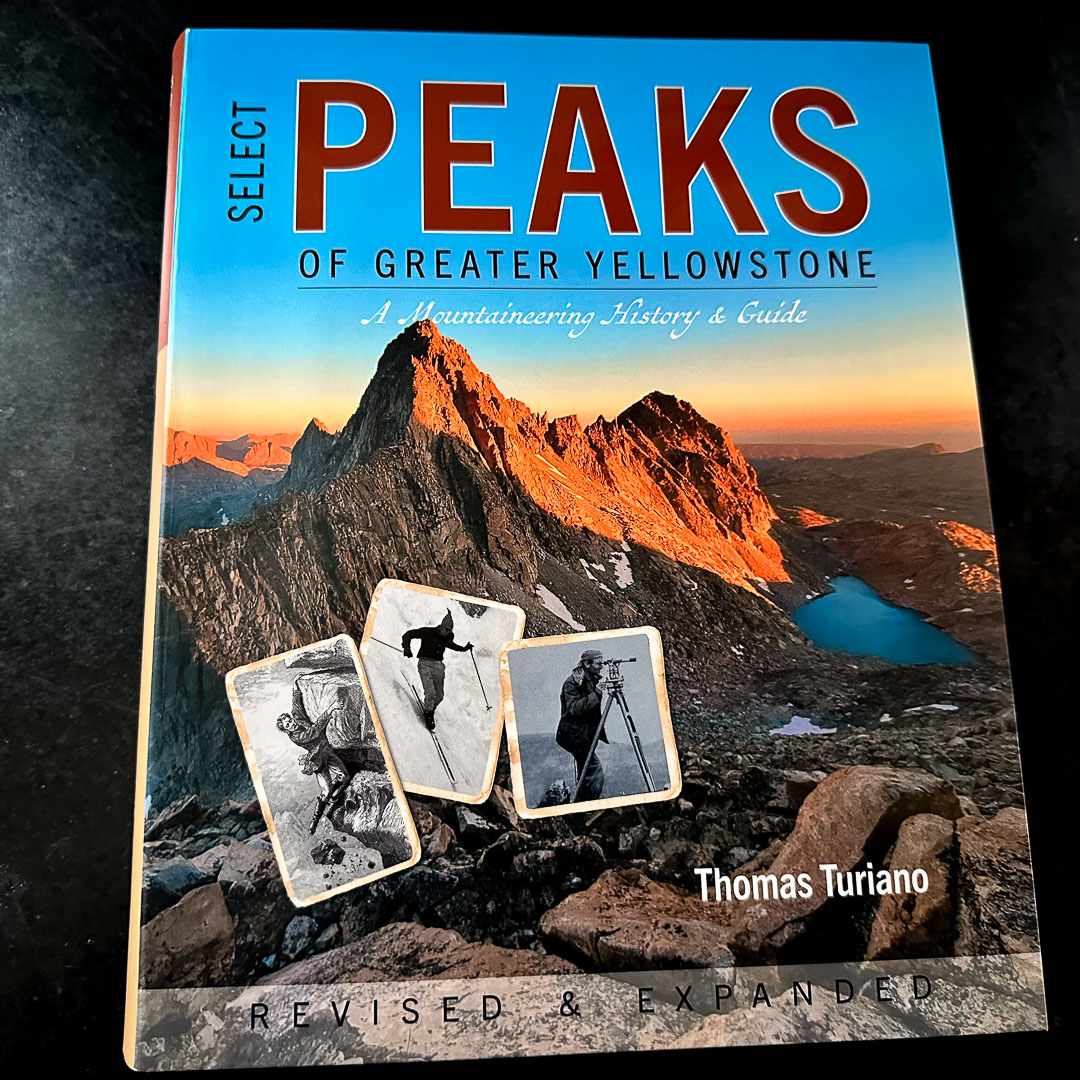With his updated book, Select Peaks of Greater Yellowstone, Tom Turiano sets a high bar.
Guides to the backcountry run the gamut in terms of quality, thoroughness, too little beta, too much beta, no history (as in literally just photos and photoshopped lines and arrows), too much history, and general shoddiness. A good guidebook goes back to the old saying, “you know it when you see it,” or in this case, see it and read it.
Tom Turiano updates his 2003 bible, Select Peaks of Greater Yellowstone—A Mountaineering History & Guide: The revised and expanded edition is gold.
Twenty years is a long wait—especially if you’ve been borrowing a tattered first edition from the local library or your friend’s house. The truth is this: no matter how you’ve perused a first-edition book, it likely displays the patina of a well-lived life.

Turiano has a fine knack for filtering through the wishy-washy and getting straight to the goods. That skill, the art of knowing what to include and exclude, makes this guidebook an excellent historical resource and entertaining. I’ve read other mountaineering/climbing and ski histories that routinely sap the reading flow as they become mired in the minutiae. Turiano strikes a balance. History buffs, you’ll be pleased. If you come to guidebooks seeking just enough historical documentation to appreciate who and what came before, this over 600-page tome will also serve you well. The bibliography is extensive. You’ll know where to find the appropriate resource to go a mile deep if you seek more history.





